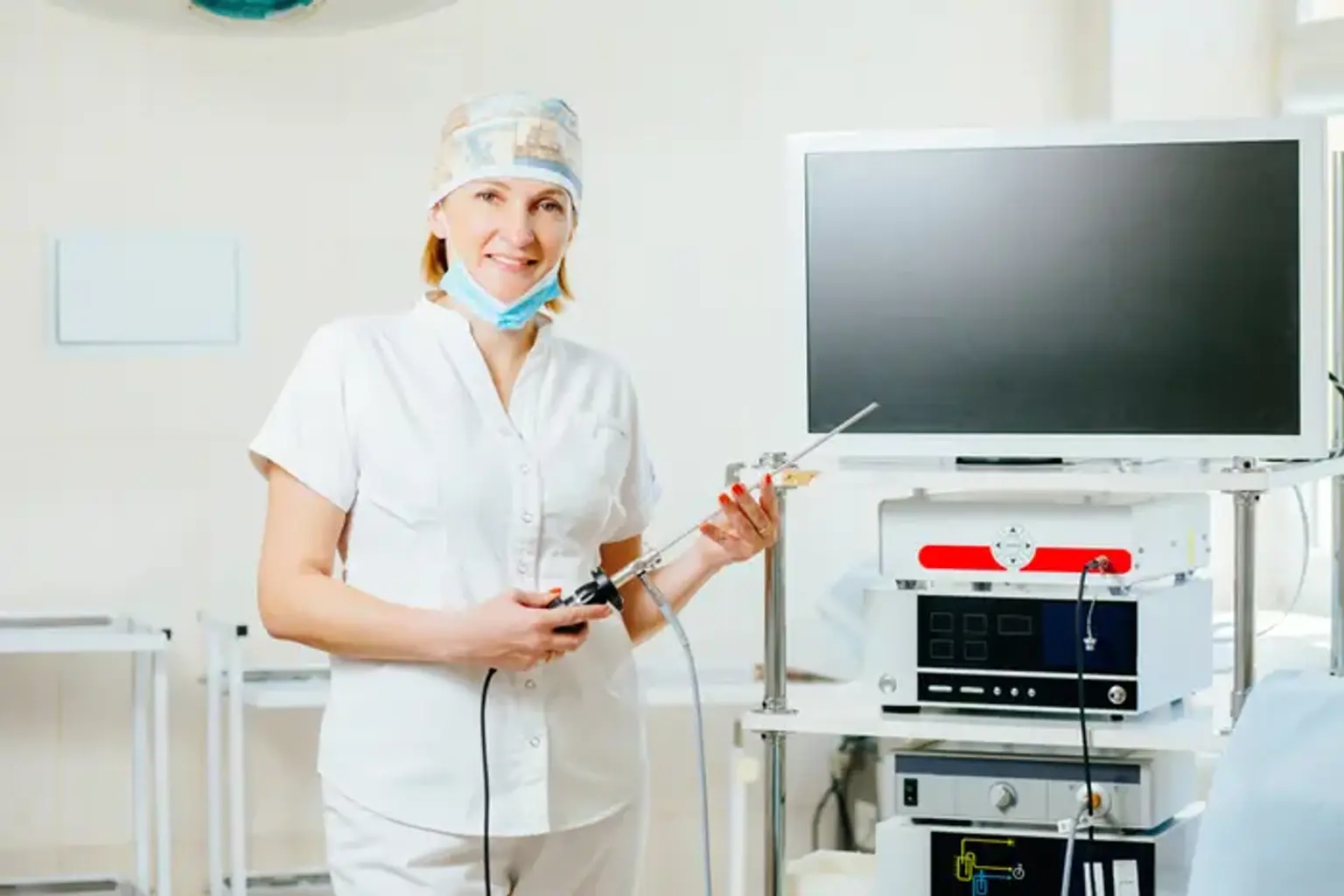Gynaecological Endoscopy
Overview
Endoscopy is the direct observation of an organ or cavity through natural orifices or tiny incisions using an endoscope. We receive more accurate and reliable information in this manner than with other external exploratory strategies.
Gynaecological endoscopy is a surgical procedure that employs optical devices specifically developed to aid in the diagnosis of common female illnesses and pathologies such as infertility, minor vaginal hemorrhages, and endometrial polyps, among others. Hysteroscopy and laparoscopy are used in gynaecological endoscopy for these objectives.
Gynaecological endoscopy as we know it now is possible because to significant technological advances, as well as the sophistication and miniaturization of the equipment used. Modern anaesthesia has also played a significant role in the evolution of surgical techniques.
